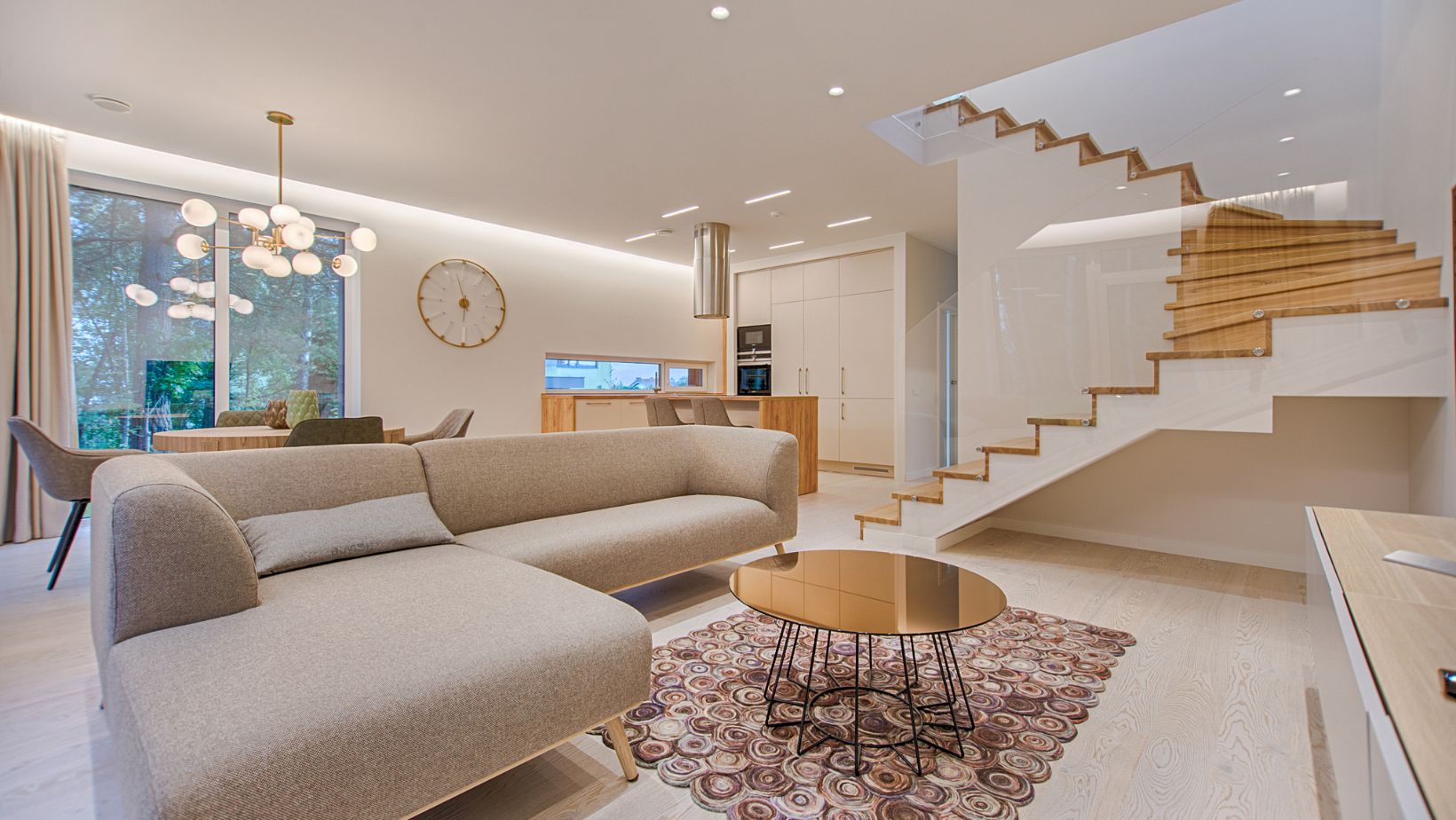
I’ve always been fascinated by the timeless beauty of Arts and Crafts interior design. It’s a style that celebrates the honest, handcrafted details that make a house truly feel like a home. A blend of simplicity, functionality, and craftsmanship, it’s a design ethos that’s as relevant today as it was over a century ago.
In this article, we’ll delve into the history and principles of Arts and Crafts design, and explore how you can incorporate its unique charm into your own home. Whether you’re a seasoned interior designer or a DIY enthusiast, I’m confident you’ll find something to inspire you. So, let’s embark on this journey of discovery together, and uncover the enduring appeal of Arts and Crafts interior design.
Celebrating handcrafted details and prioritizing simplicity, functionality, and craftsmanship, Arts and Crafts interior design reflects a deep-rooted philosophy. Let’s delve in and understand the origins of this immensely popular design style.
Arts and Crafts Interior Design
Born out of a rebellion against the machine-made, mass-produced items of the Industrial Revolution, the philosophy of the Arts and Crafts movement cherished the beauty in detail and craftsmanship. Designers and craftsmen aimed to promote the value of manual labor and individual artistry, leaning towards producing unique, high-quality furniture and decoration items rather than mass production. Simplicity took precedence, with clean lines and use of sturdy, natural materials like wood and stone.
Key Figures and Influences
 Leading figures of the Arts and Crafts Movement include William Morris and Charles Rennie Mackintosh. Morris, often deemed the founder of the Movement, rejected industrialized production methods in favor of high-quality handcrafted designs. He fundamentally believed that everyone had the right to beautiful, affordable homes.
Leading figures of the Arts and Crafts Movement include William Morris and Charles Rennie Mackintosh. Morris, often deemed the founder of the Movement, rejected industrialized production methods in favor of high-quality handcrafted designs. He fundamentally believed that everyone had the right to beautiful, affordable homes.
On the other hand, Mackintosh, a Scottish architect, brought a modern touch to the movement. His designs featured sleek, clean lines and a minimalistic approach yet preserved the focus on quality and craftsmanship.
John Ruskin, a prominent art critic of the Victorian era, served as an essential influence on the Movement. He strongly advocated for the moral and social benefits of manual work and arts, shaping the underlying philosophy of Arts and Crafts. His ideas, shared in the works like “The Seven Lamps of Architecture” and “The Stones of Venice,” still inspire current interior design principles. In essence, these significant figures and their influences played crucial roles in shaping the Movement, creating an enduring impact that continues to inspire designers today.
Defining Features of Arts and Crafts Interior Design
The distinguishing characteristics of Arts and Crafts interior design spring from its unique philosophy. Rooting in the antithesis of the Industrial Revolution’s impersonal mass production, it extols the virtues of individual artistry and craftmanship. Let’s delve deeper into the defining features that lend this design style its timeless appeal.
Natural Materials and Handmade Quality
 Arts and Crafts design doesn’t just embrace natural materials, it celebrates them. Relying on woods like oak and pine, as well as stones, copper, and other natural elements, emphasizes the earnest, earthy aesthetic of the style. Authenticity reigns supreme, trading glossy, synthetic finishes for the rugged charm of handmade beauty. A timber-framed mirror, for instance, or a copper pendant lamp, exemplifies this characteristic.
Arts and Crafts design doesn’t just embrace natural materials, it celebrates them. Relying on woods like oak and pine, as well as stones, copper, and other natural elements, emphasizes the earnest, earthy aesthetic of the style. Authenticity reigns supreme, trading glossy, synthetic finishes for the rugged charm of handmade beauty. A timber-framed mirror, for instance, or a copper pendant lamp, exemplifies this characteristic.
The color palette in an Arts and Crafts interior embraces nature. Greens inspired by fields, blues reminiscent of skies, or earthy browns and clay red tones, all emerge from the natural world. Patterns also play an integral part but steer clear of flashy, intricate designs. Instead, they hinge on repeating floral, bird, or leaf motifs.
Furniture and Woodwork
Furniture and woodwork form the cornerstones of Arts and Crafts interiors. Place a premium on integrity and durability, much of the design’s charm derives from their simple yet solid lines. Discarding ornate vanity, they respect the material, letting the craft speak for itself. Built-in storage units, like cabinets and sideboards, carved out of woods like cherry or oak, add charm to this style.
